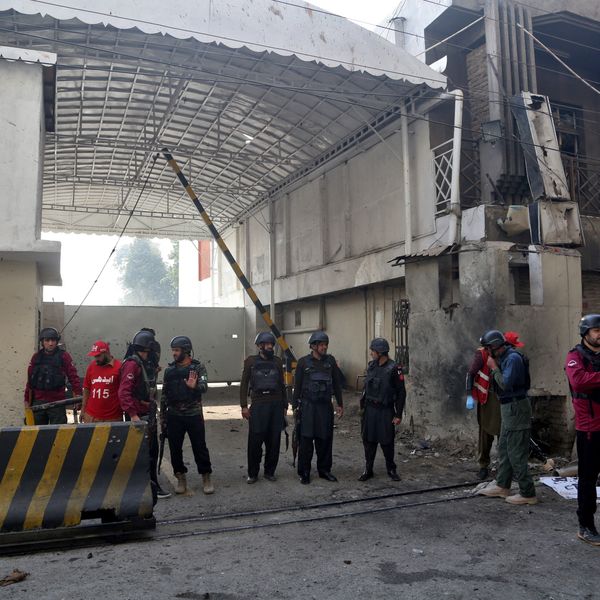Pakistan struggles to hold power circular debt at zero net flow despite IMF condition
Projected PKR 735B buildup forces new repayments and payouts to power plants as analysts warn the plan is “mathematically possible but operationally fragile”

Haris Zamir
Business Editor
Experience of almost 33 years where started the journey of financial journalism from Business Recorder in 1992. From 2006 onwards attached with Television Media worked at Sun Tv, Dawn Tv, Geo Tv and Dunya Tv. During the period also worked as a stringer for Bloomberg for seven years and Dow Jones for five years. Also wrote articles for several highly acclaimed periodicals like the Newsline, Pakistan Gulf Economist and Money Matters (The News publications)

Pakistan’s government is falling behind on a key commitment to the International Monetary Fund to keep the power sector’s circular debt at a zero net increase this fiscal year, as losses, inefficiencies and theft at power distribution companies continue to mount, according to officials familiar with the matter.
Sources said the circular debt, which stood at about PKR 1.615 trillion, is now projected to rise by an additional PKR 735 billion during the current fiscal year. If the trend continues, the debt could climb back to nearly PKR 2.35 trillion by year’s end, reversing earlier efforts to contain it.
Under the IMF’s conditions, the government is required to maintain zero net flow in circular debt, meaning no new debt should accumulate in the system.
Officials said several measures outlined in the Circular Debt Management Plan are expected to partially offset the increase. Annual rebasing of electricity tariffs is projected to generate PKR 55 billion, while reduced losses at distribution companies could save another PKR 18 billion. Improved recoveries from consumers are estimated to bring in PKR 121 billion.
These combined steps would cut the projected increase by PKR 212 billion, the sources said.
To address the remaining PKR 522 billion, the government plans to make PKR 120 billion in principal repayments. An additional PKR 400 billion will be paid to government-owned power plants and independent power producers to keep the net stock of circular debt at zero, as required by the IMF.
Despite these efforts, officials warn that persistent losses, weak recoveries and widespread theft in distribution companies continue to threaten the government’s ability to meet IMF benchmarks. If all planned measures are fully implemented, the government expects to keep circular debt at zero net inflow by the end of the fiscal year, the sources said.
Energy sector analysts say the government’s plan is “mathematically possible but operationally fragile”, noting that revenue gains from rebasing and improved recoveries depend heavily on political will, enforcement against theft and the financial health of consumers already struggling with record-high power tariffs.
Without structural reforms, one analyst said, “Pakistan will keep resetting the circular debt clock without ever stopping it.”










Comments
See what people are discussing